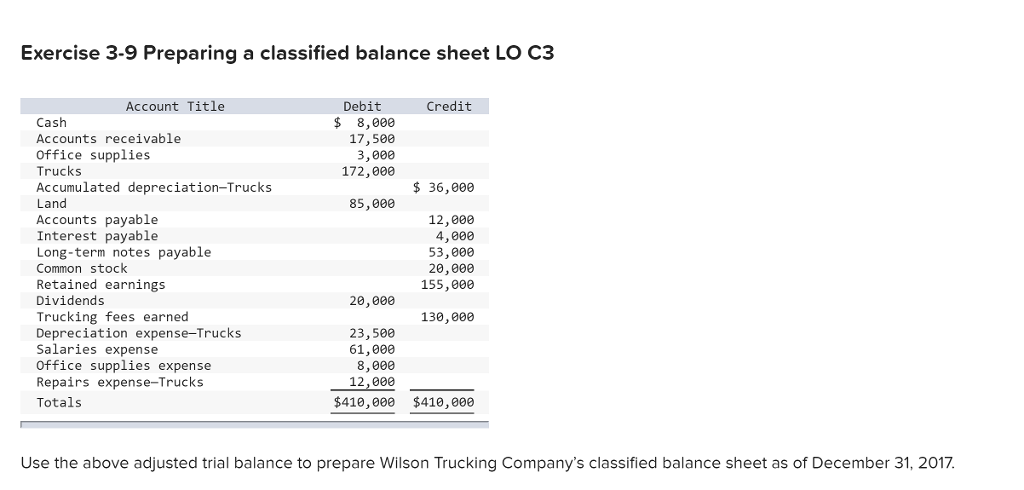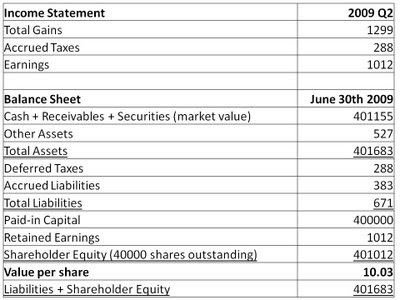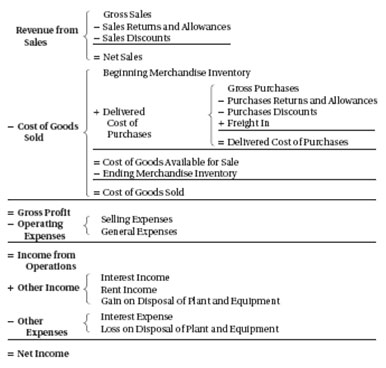What is Balance Sheet? Definition of Balance Sheet, Balance Sheet MeaningThe following balance sheet example is a classified balance sheet. This format is important because it gives end users more information about the company and its operations. Creditors and investors can use these categories in theirfinancial analysisof the business. For instance, they can use measurements like the current ratio to assess the company’s leverage and solvency by comparing the current assets and liabilities. This type of analysis wouldn’t be possible with atraditional balance sheetthat isn’t classified into current and long-term categories.
Assets Section

A company that has been in business for many years may have a large retained earnings balance. You can find a company’s retained earnings on its balance sheet to determine how much profit that company has withheld. Some of the current assets are valued on estimated basis, so the balance sheet is not in a position to reflect the true financial position of the business. Intangible assets like goodwill are shown in the balance sheet at imaginary figures, which may bear no relationship to the market value.

Long-term liabilities include loans the company does not need to pay off within a year’s time, although the company may need to make some payments on the loan within the next year. Some businesses may choose to include equity in the liabilities section, while others consider liabilities to be a third section, creating some confusion for those reading balance sheets. A classified balance sheet shows its three main sections — assets, liabilities and stockholders’ equity — as subcategories to aid financial statement users in identifying different types of items. Retained earnings is one of the items in the stockholders’ equity section, and it is the total amount of profit a company has withheld in its business that it hasn’t paid out as dividends minus any losses.
How to Find Retained Earnings on a Classified Balance Sheet
A classified balance sheet includes assets, liabilities, and equity, along with subcategories such as current and long-term to give an idea of how long a company will own their assets or owe liabilities. Traditional balance sheets do not make distinct classifications between different items, having only sections for an organization’s assets and liabilities. A classified balance sheet divides assets up into different categories of assets, such as fixed assets, current assets, investments, property, intangible assets and long-term assets. Similarly, a classified balance sheet divides a company’s liabilities into categories such as short-term liabilities, long-term liabilities and equity. Most accounting balance sheets classify a company’s assets and liabilities into distinctive groupings such as Current Assets; Property, Plant, and Equipment; Current Liabilities; etc.
What is Stockholders Equity?
Dividing up a company’s liabilities involves classifying each item as a current or long-term liability. A current liability is one that the company must pay back within a year’s time or the company’s operational cycle. A company often uses current assets to pay off current liabilities, since it may easily and quickly access current assets.As you study about the assets, liabilities, and stockholders’ equity contained in a balance sheet, you will understand why this financial statement provides information about the solvency of the business. Equity is calculated by subtracting all the liabilities from all the assets.
Accounting Topics
The International Accounting Standards Board (IASB) offers some guidance (IAS 38) as to how intangible assets should be accounted for in financial statements. In general, legal intangibles that are developed internally are not recognized, and legal intangibles that are purchased from third parties are recognized. Therefore, there is a disconnect–goodwill from acquisitions can be booked, since it is derived from a market or purchase valuation. However, similar internal spending cannot be booked, although it will be recognized by investors who compare a company’s market value with its book value.Equity may be shown by a different name on the classified balance sheet based on the type of business. If you have a lot of equity, or if you own it outright, you have a larger asset. Whether you live in the home or receive money from renters is not relevant. Certainly if someone else is paying you to live in your home, that can potentially add to your total assets.

- Assets, liabilities and ownership equity are listed as of a specific date, such as the end of its financial year.
- ” Of the four basic financial statements, the balance sheet is the only statement which applies to a single point in time of a business’ calendar year.
- A balance sheet is often described as a “snapshot of a company’s financial condition.
Components of Stockholders Equity
Paying money for maintenance can reduce your assets, but it doesn’t reduce the value of the home — in fact, potentially it increases the value of it. The key question is the value of the home compared to the amount you owe on it.
Sample Balance Sheet
Accounting is considered the language of business because its concepts are time-tested and standardized. Even if you do not utilize the services of a certified public accountant, you or your bookkeeper can adopt certain generally accepted accounting principles ( GAAP ) to develop financial statements. The strength of GAAP is the reliability of company data from one accounting period to another and the ability to compare the financial statements of different companies.In financial accounting, owner’s equity consists of the net assets of an entity. Net assets is the difference between the total assets of the entity and all its liabilities. Equity appears on the balance sheet, one of the four primary financial statements.Assets, liabilities and ownership equity are listed as of a specific date, such as the end of its financial year. A balance sheet is often described as a “snapshot of a company’s financial condition. ” Of the four basic financial statements, the balance sheet is the only statement which applies to a single point in time of a business’ calendar year. There are three primary limitations to balance sheets, including the fact that they are recorded at historical cost, the use of estimates, and the omission of valuable things, such as intelligence. The balance sheet is a formal document that follows a standard accounting format showing the same categories of assets and liabilities regardless of the size or nature of the business.
What is the difference between a balance sheet and a classified balance sheet?
A classified balance sheet is a financial statement that reports asset, liability, and equity accounts in meaningful subcategories for readers’ ease of use. In other words, it breaks down each of the balance sheet accounts into smaller categories to create a more useful and meaningful report.A classified balance sheet is also called a Statement of Financial Position because it shows the financial situation of a company. It gives us a snapshot of their assets, liabilities, and equity. That snapshot is just a picture or a moment in time, similar to a picture you may take of yourself or with friends. The reason why a classified balance sheet is so important is because it helps organize those assets into categories. Examples of current assets are cash, checking, and savings accounts and inventory.The balance sheet, sometimes called the statement of financial position, lists the company’s assets, liabilities,and stockholders ‘ equity (including dollar amounts) as of a specific moment in time. That specific moment is the close of business on the date of the balance sheet. A balance sheet is like a photograph; it captures the financial position of a company at a particular point in time.Adjustments are sometimes also made, for example, to exclude intangible assets, and this will affect the formal equity; debt to equity (dequity) will therefore also be affected. In accounting and finance, equity is the residual claim or interest of the most junior class of investors in assets, after all liabilities are paid.The definition of a short term or current asset is cash and other assets that will turn to cash or will be used up or consumed within one year of the balance sheet date. If a company’s operating cycle is longer than one year, the definition allows for assets turning to cash, used up, or consumed during the operating cycle to be reported as a current asset. A balance sheet is the most important financial statement a company can produce. Balance sheets are produced as of a specific date and report all assets, liabilities, and resulting equity of a company.
Who would use a classified balance sheet?
Most accounting balance sheets classify a company’s assets and liabilities into distinctive groupings such as Current Assets; Property, Plant, and Equipment; Current Liabilities; etc. These classifications make the balance sheet more useful. The following balance sheet example is a classified balance sheet.
AccountingTools
Within each of these categories, line items are presented in decreasing order of liquidity. Thus, the presentation within the topmost block of line items (for assets) begins with cash and usually ends with fixed assets (which are much less liquid than cash) or goodwill. Similarly, the liabilities section begins with accounts payable and usually ends with long-term debt, for the same reason.
